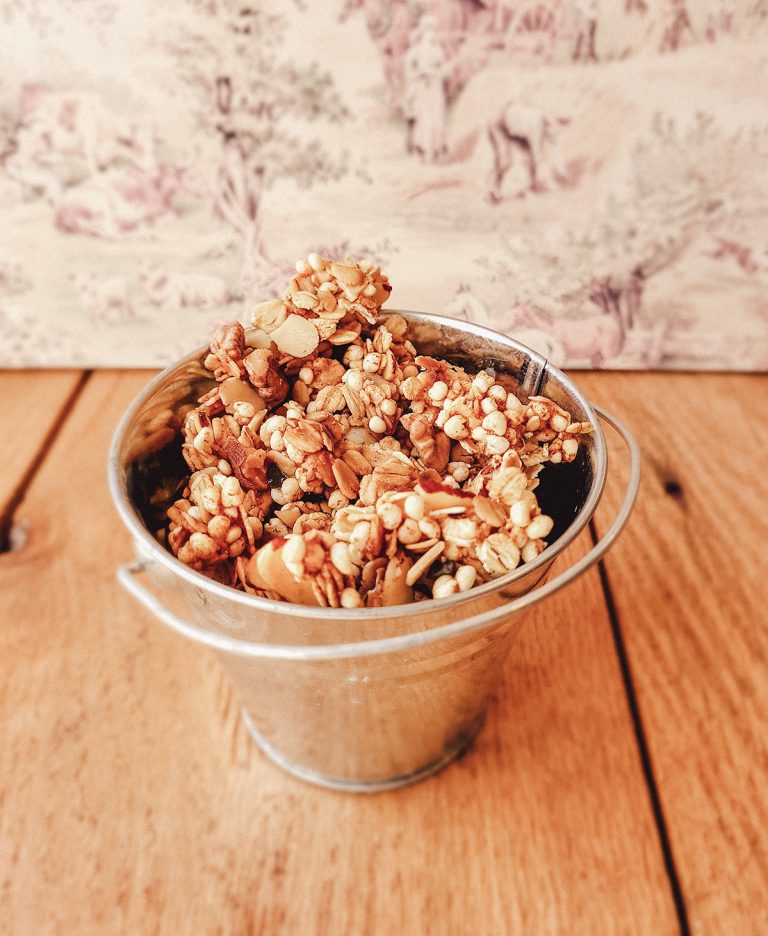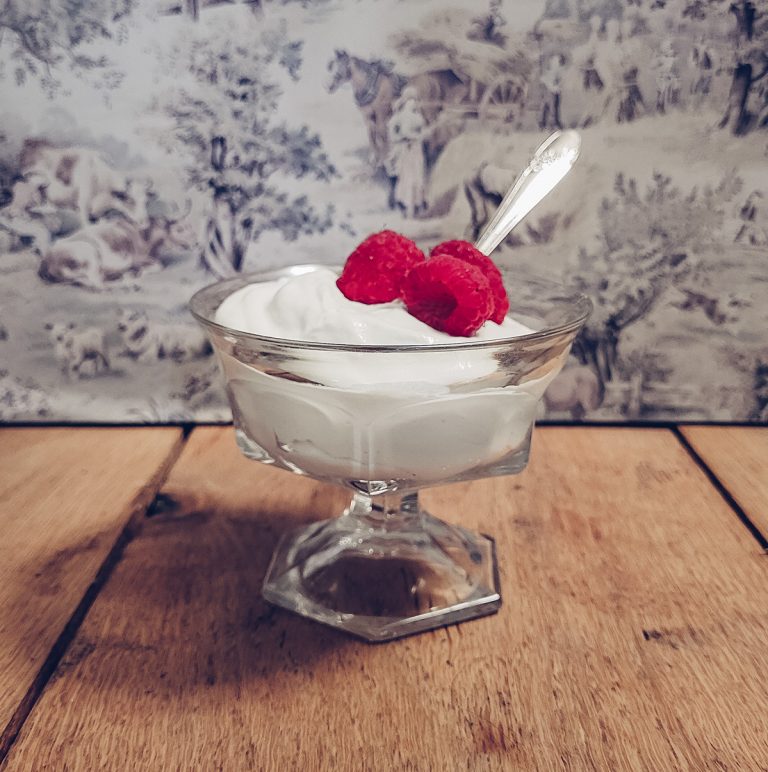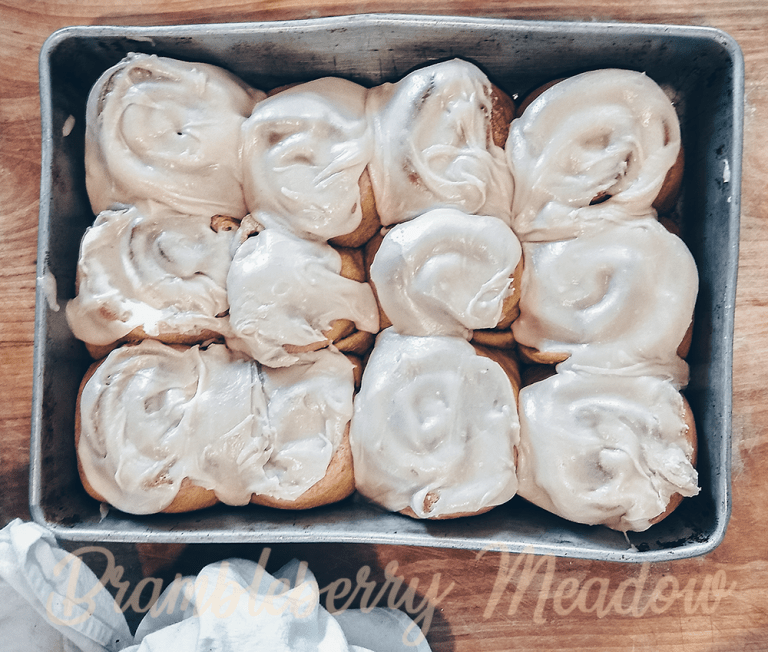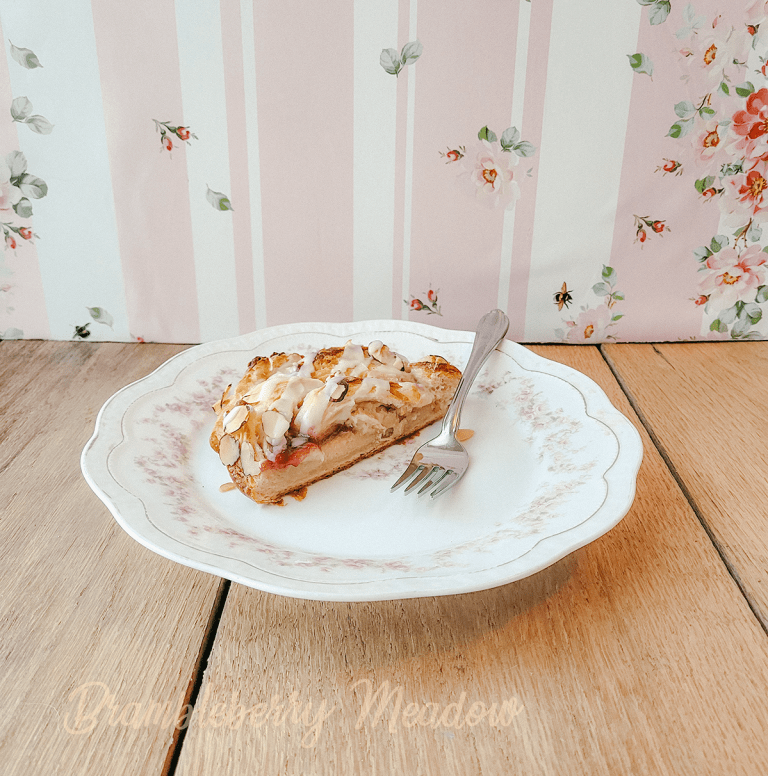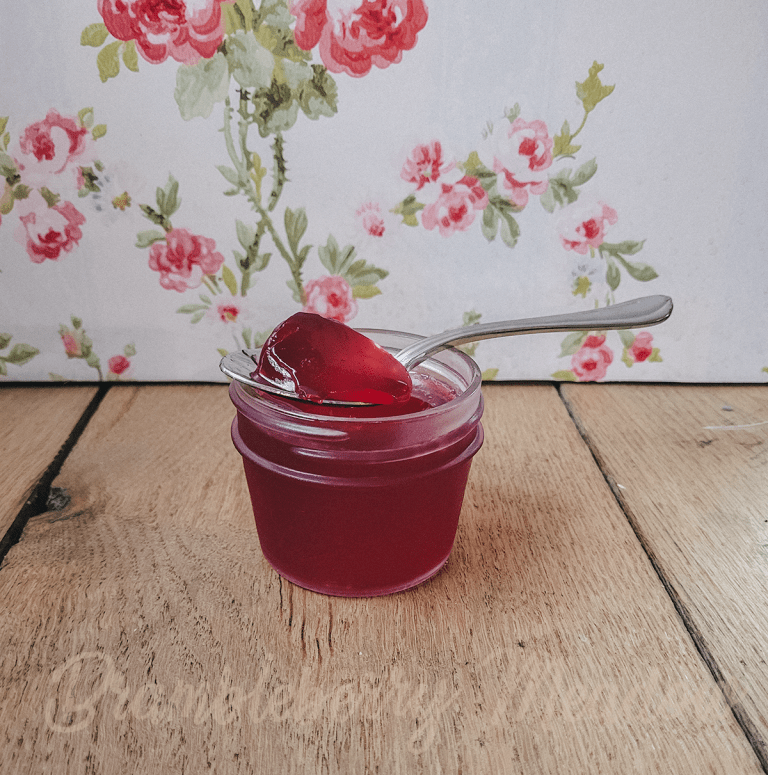Making Cultured Butter
One of the things I have not been able to get my little hands on lately is cultured butter, which is butter made from cream that has been inoculated with a dairy culture and incubated for a little while. Many farm wives made their butter this way, and if I had access to raw milk I could simply allow the natural bacteria in it to provide my culture. And then add a bit of the cultured cream to the next batch of fresh cream.

Since I do not have a family milk cow (yet), I have to use another culture. I’d like to try the flora danica culture sold for cheesemaking, but I can’t find it in a reasonable quantity for culturing a small quart of cream at a time. I DO, however, have that Swedish Sweet Cream culture.
I’ll walk you through my process, and give you a few tips.
Start by adding about two tablespoons of the cultured cream to a quart of fresh cream. You could also use a little buttermilk, or another yogurt culture. You’ll make your life a bit easier if you choose a mesophilic culture, one that works best at room temperature.

This jar is one I often use for my sourdough starter, although I sanitized it before using it for culturing cream. It has a couple of chalkboard stickers on it, so I can label when I set my culture. I’ve also got the weight of the jar written on one, so I can weigh things without the weight of the jar interfering. Mesophilic cultures are a little slower, so I like to let it go for about 36 hours. When it’s ready, the cream is set firmly enough not to wobble when the jar is gently shaken. If you’re pressed for time, it won’t hurt anything to churn it before it reaches that point. You cultured butter just won’t have a fully developed flavor.
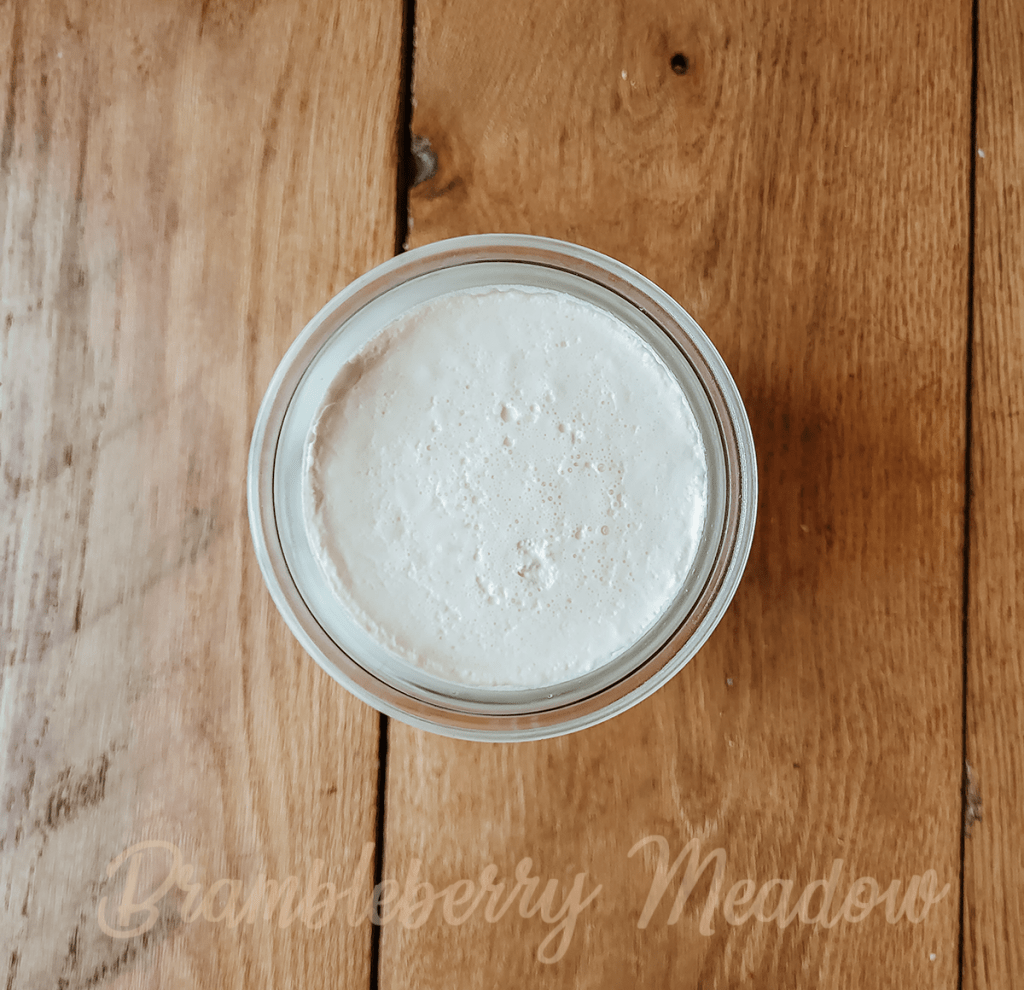
Once the cream is fully cultured, chill it down in the refrigerator thoroughly.
Now it’s time to churn. I usually like to use my KitchenAid stand mixer, with the paddle attachment. I’m a little bit lazy like that. But if you have a genuine butter churn, or even a jar with a clean marble in it – you do you. Just agitate the cream until it turns into chunks of golden butter floating in translucent buttermilk.
When the butter has churned, dump the buttermilk out of the bowl into another container. Then use some sort of flat utensil to push as much buttermilk out as you can.
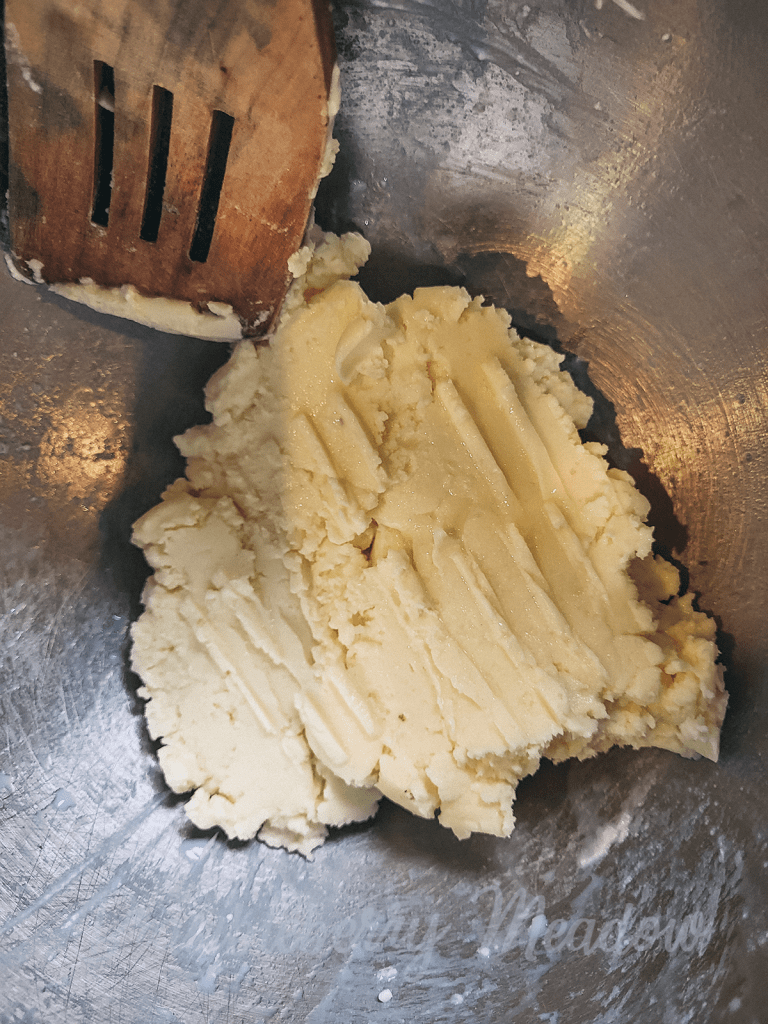
You now have butter! But we’re not done, yet. It will last longer and be firmer if you wash it, first. Add some ice water to the butter in the bowl, then smoosh the butter around in the ice water. That water will get cloudy as you work. Dump the water out, then repeat until the water is clear or almost clear.

It will probably take you 2-4 washings to get the majority of the buttermilk out.
At this point, I usually salt my butter. And (because I’m lazy), that means I usually put the paddle back on and use the mixer to do that.
Now, Allie of Positively Probioitcs has been experimenting with cultured butter, and I used a lot of her advice when making mine. She and I both found that butter made using the Swedish Sweet Cream culture is sweeter and will need more salt to taste “salty” than other butters.
Some folks use pickling salt. Allie uses sea salt. I used kosher salt (because it was handy). Just don’t use iodized salt, as it will lend a metallic flavor to the butter. And add your salt little by little, until you’ve reached your own preference. I ended up with about 3/4 tsp of kosher salt in my batch.
Ta-da! You’re done. You know have about a lb. of delicious cultured butter. And probably a little over two cups of buttermilk. Which you can now use to make bread.


